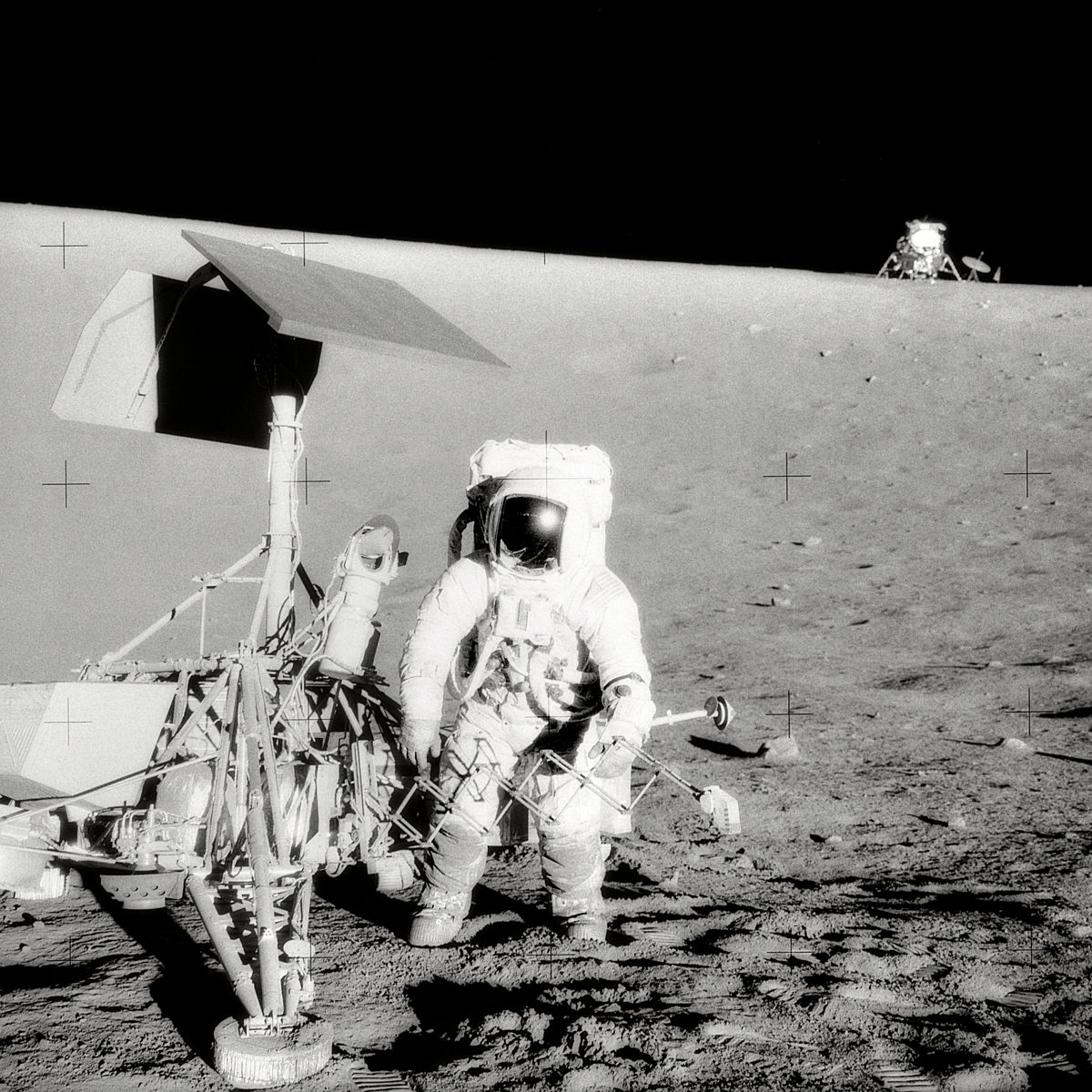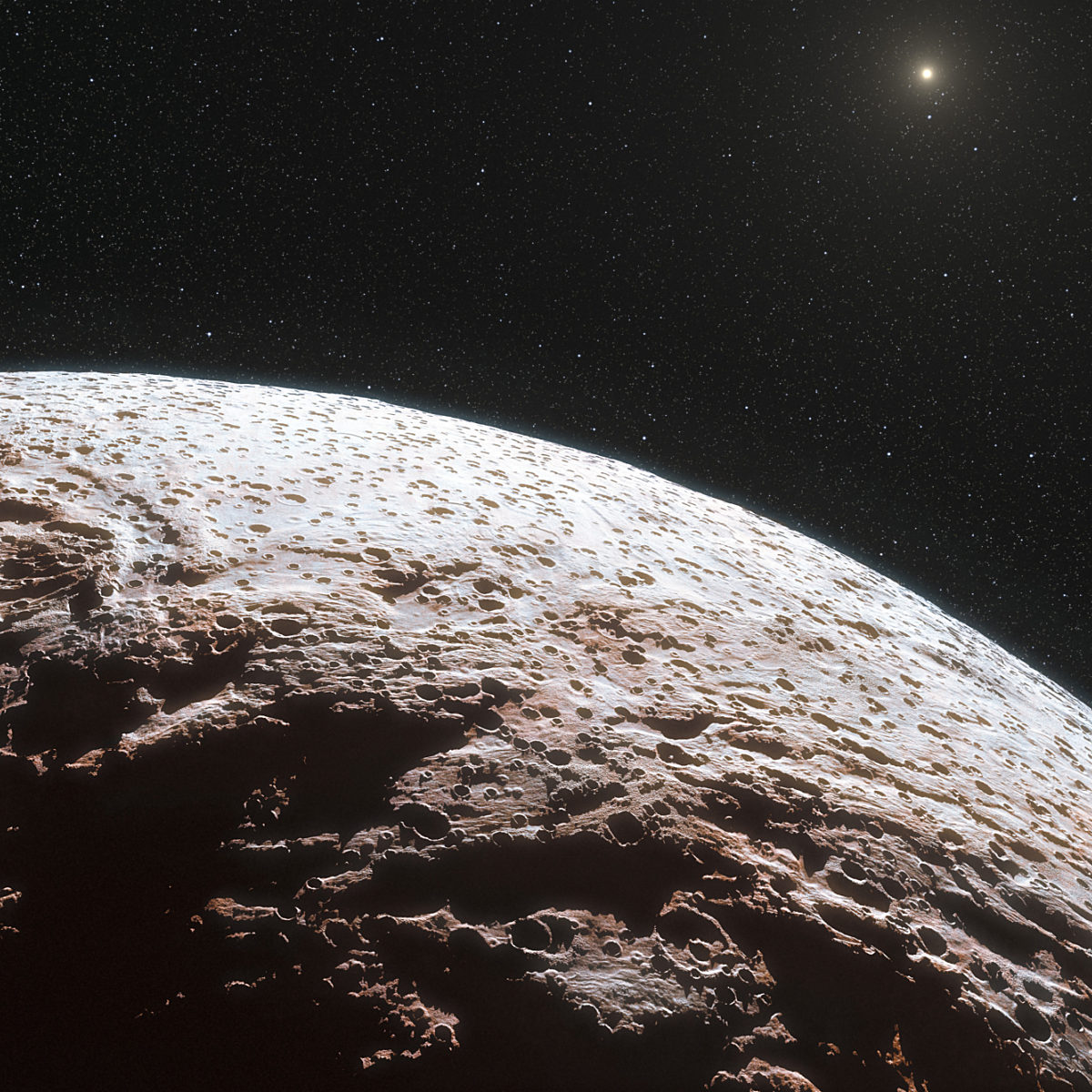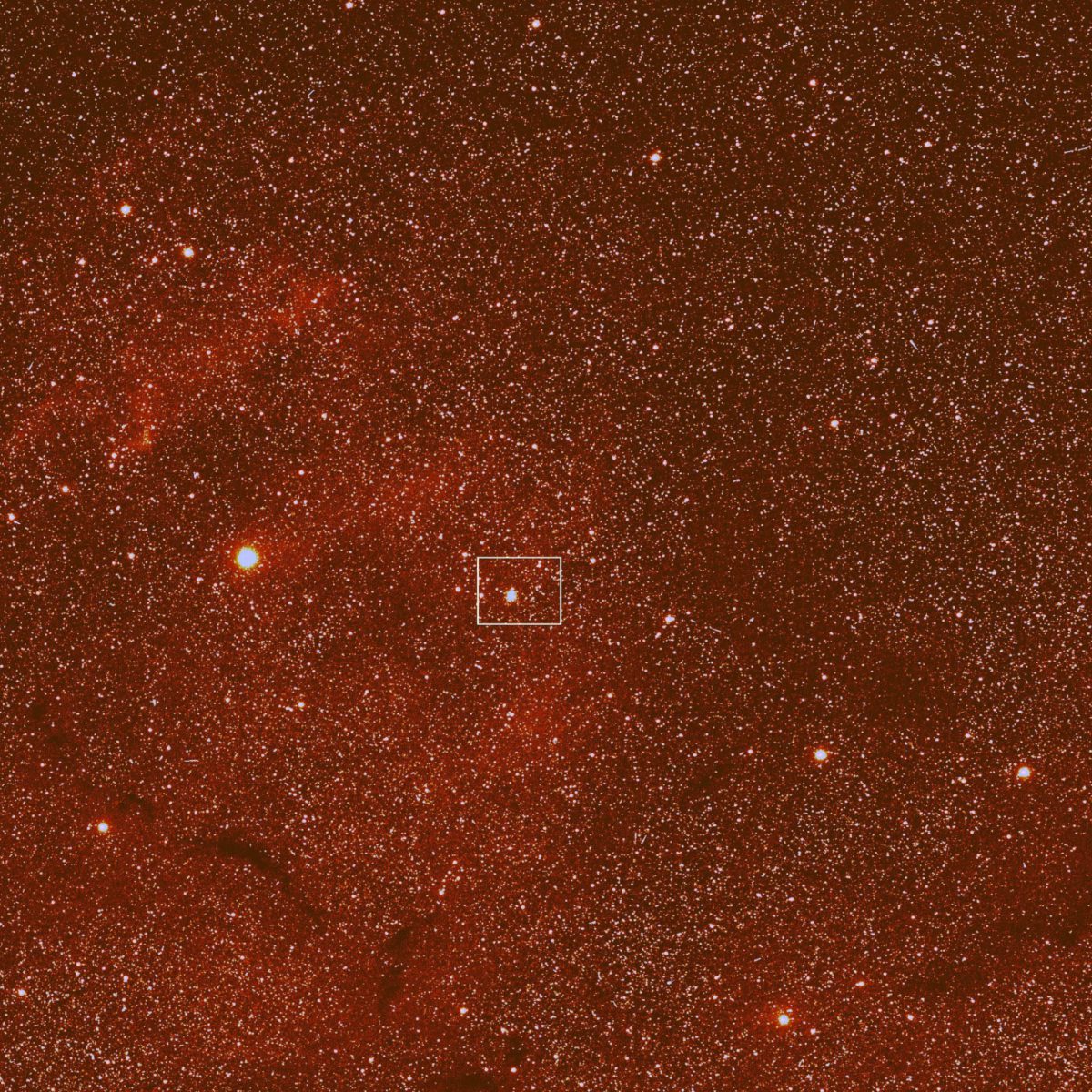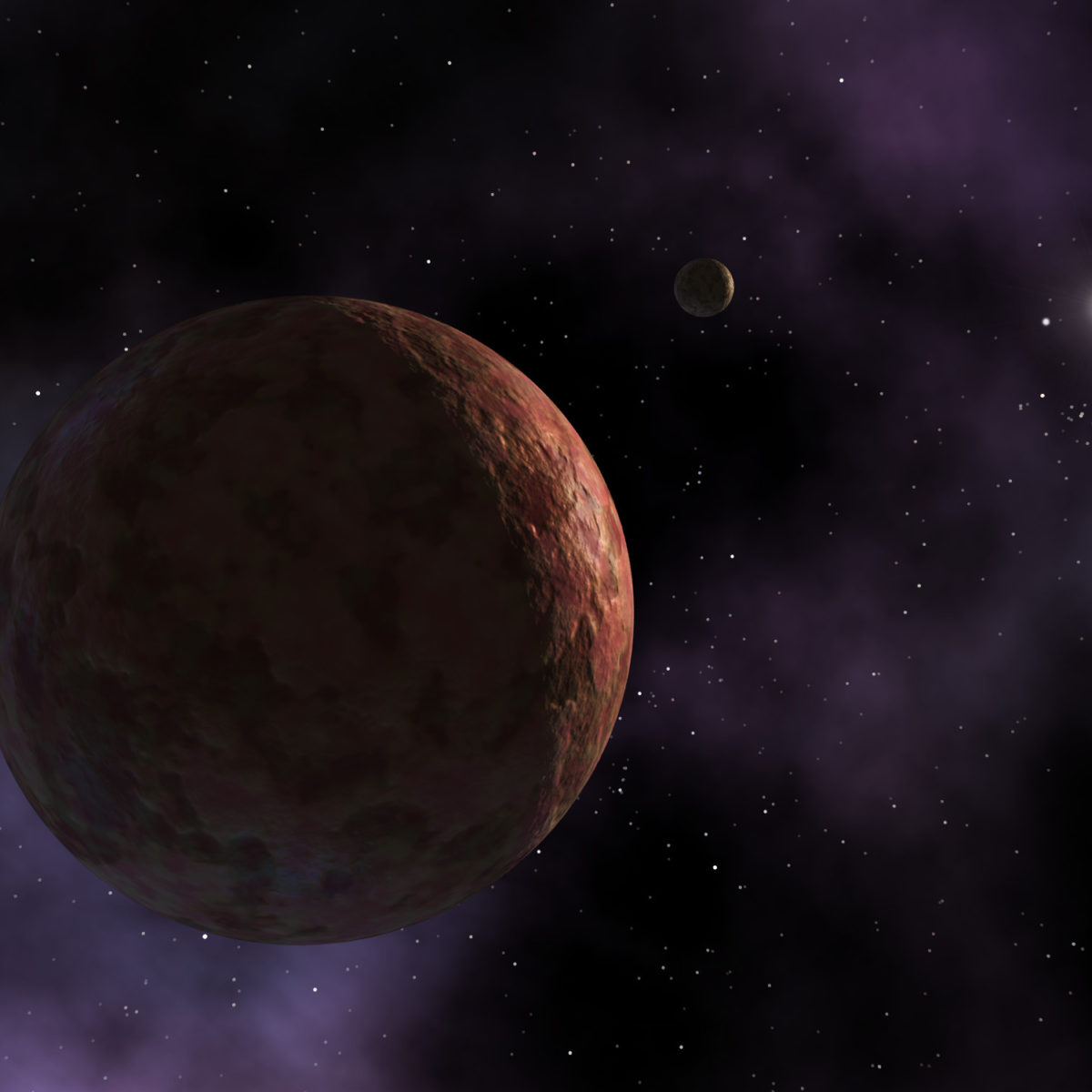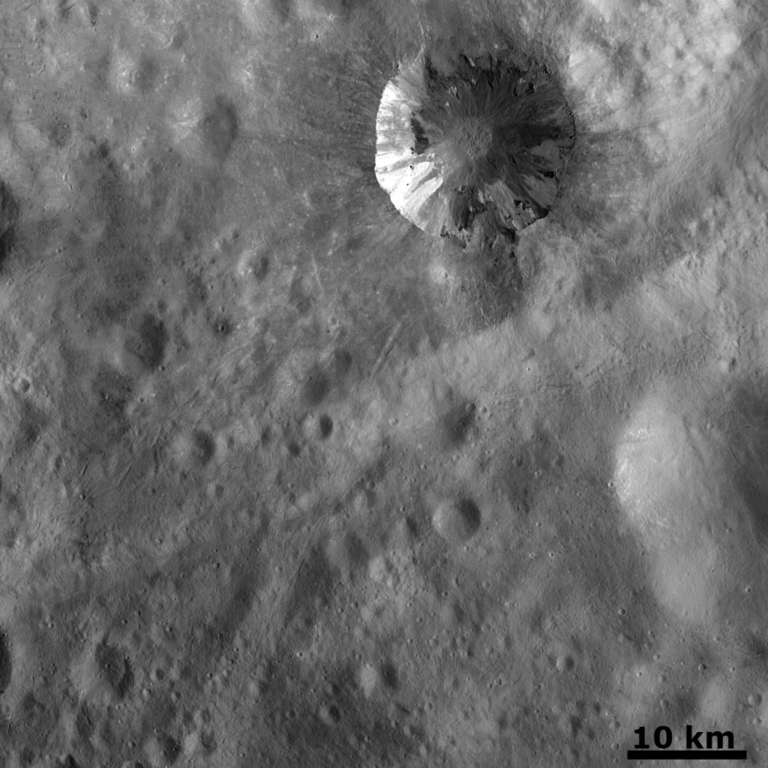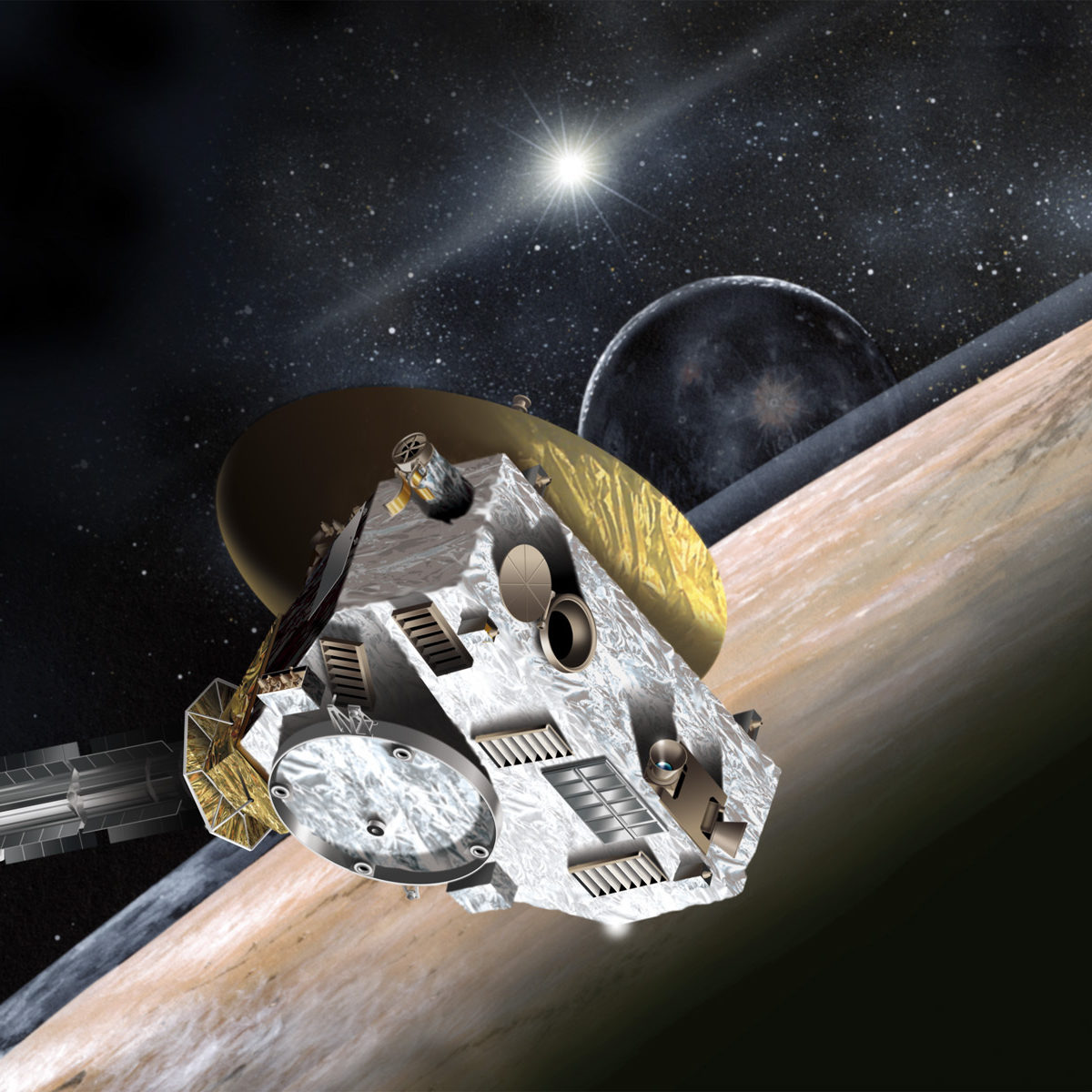All
All
Stories, updates, insights, and original analysis from The Planetary Society.
When will we know which is bigger, Pluto or Eris?
We don't currently know whether Pluto is the biggest thing in the Kuiper belt or not. When will New Horizons give us the answer?
This is the post where you can comment about the IAU planet definition
An attempt to corral the discussion of the IAU planet definition in one place on planetary.org, so that we may be free to actually discuss Kuiper belt observations and scientific results on posts elsewhere on this site.
Highlights From OSIRIS-REx Science Team Meeting #6
The OSIRIS-REx Science Team gathered at the University of Arizona from April 22–24, 2014 for their sixth meeting. Principal Investigator Dante Lauretta discusses a few of the highlights.
Green Bank Telescope Helps Out an Old Friend
The Green Bank Telescope has been called into emergency service to play radar ping-pong on a close-by asteroid with Arecibo Observatory’s 100-meter William E. Gordon radio telescope.
Spitzer Space Telescope Observations of Bennu
What can studying the thermal emission of Bennu with the Spitzer Space Telescope tell us about its physical properties?
Forensic Ballistics: How Apollo 12 Helped Solve the Skydiver Meteorite Mystery
What can a 45-year-old mission to the Moon tell us about a
Arecibo Observatory operational after repairs to fix earthquake damage
Early in the morning on January 13, 2014, a 6.4 magnitude earthquake struck beneath the Atlantic Ocean north of Puerto Rico, damaging Arecibo Observatory, the world’s largest single-dish radio telescope. The telescope is now operational after repairs and scientists have resumed observations. However, the future of Arecibo Observatory remains unclear due to funding uncertainties in the federal budget.
Opposition time for Mars, and several months of dancing with the stars
The Mars Express team showcases some of the best viewing opportunities of Mars in 2014, including how to spot Comet Siding Spring when it flies past Mars this October.
More excitement in the outermost solar system: 2013 FY27, a new dwarf planet
On the heels of last weeks reports of a second Sedna and a ringed Centaur comes a third cool outer solar system discovery: A new, likely large member of the Kuiper belt. With an absolute magnitude of about 3.0, the new object currently known as 2013 FY27 is the tenth brightest object beyond Neptune .
Comet Siding Spring Mars encounter: Cosmic bully spotted by ESA and NASA
Hubble has taken some great new images of our 'friend,' Comet Siding Spring, due to pass by Mars at less than 136,000 km on October 19 – less than half the distance between Earth and our moon.
Hangout on Air: Why yesterday was a good day for Solar System Science
On Wednesday, March 26, two important discoveries in the outer solar system were announced: the discovery of the second confirmed member of the Inner Oort Cloud (2012 VP113) and the discovery of rings around the planetesimal Chariklo. In a Hangout on Air, a rag-tag group of planetary scientists and astronomers active on Twitter talked about the discoveries.
Comet spotted! Rosetta's first sight of Churymov-Gerasimenko since wakeup
Rosetta has turned on its cameras and sighted its comet for the first time since waking from hibernation. Next activity: waking the Philae lander.
A Centaur’s shadow reveals bright rings
Yesterday, a team of astronomers announced that they discovered a set of planet-like rings around Chariklo, an asteroid-like body that currently resides in the unstable region between the orbits of Saturn and Uranus.
A second Sedna! What does it mean?
2012 VP113 is a new world that has been discovered on a Sedna-like orbit. What does that mean? It could imply the existence of a planet X, but doesn't prove it. It does suggest that a lot more Sednas are waiting to be discovered.
Comet Siding Spring Mars encounter: Ya gotta have a little ‘tude
In the latest update on how the Mars Express flight control team is planning to deal with Comet Siding Spring is all about attitude -- and hiding behind the biggest guy in the fight.
LPSC 2014: Water on...Vesta?
At the Lunar and Planetary Science Conference, Jennifer Scully discussed possible water-carved gullies in an unusual location: within craters on Vesta. Water-carved gullies on Mars I can accept; but on an airless lumpy body? I was intrigued.
Pretty Picture: Three Wanderers
With all the excitement happening on missions criscrossing the solar system, I often forget to enjoy the views of our solar system that we can achieve from home. Amateur astronomers don't make the same mistake. Here's a lovely photo that Stuart Atkinson sent me, captured last night from Kendal, England, showing four special wanderers.
Comet Siding Spring Mars encounter: How to determine the orbit of a comet?
In the quest to track Comet Siding Spring, the Mars Express team tells us how computing the orbit of a comet isn't as straightforward as science fiction would have us believe.
Postcards from Pluto
Amanda Zangari shares what it's like to be a scientist on New Horizons, and explains some of the day-to-day workings of the mission behind the scenes.
The Very Large Telescope sights Rosetta's comet target, sees activity beginning
Rosetta's comet target, 67P/Churyumov-Gerasimenko, has emerged from behind the Sun as seen from Earth, and the Very Large Telescope has photographed it. The new images show that cometary activity has already begun as Rosetta approaches for its August rendezvous.


 Explore Worlds
Explore Worlds Find Life
Find Life Defend Earth
Defend Earth


 Sun
Sun Mercury
Mercury Venus
Venus Earth
Earth Mars
Mars Jupiter
Jupiter Saturn
Saturn Uranus
Uranus Neptune
Neptune Small Bodies
Small Bodies




